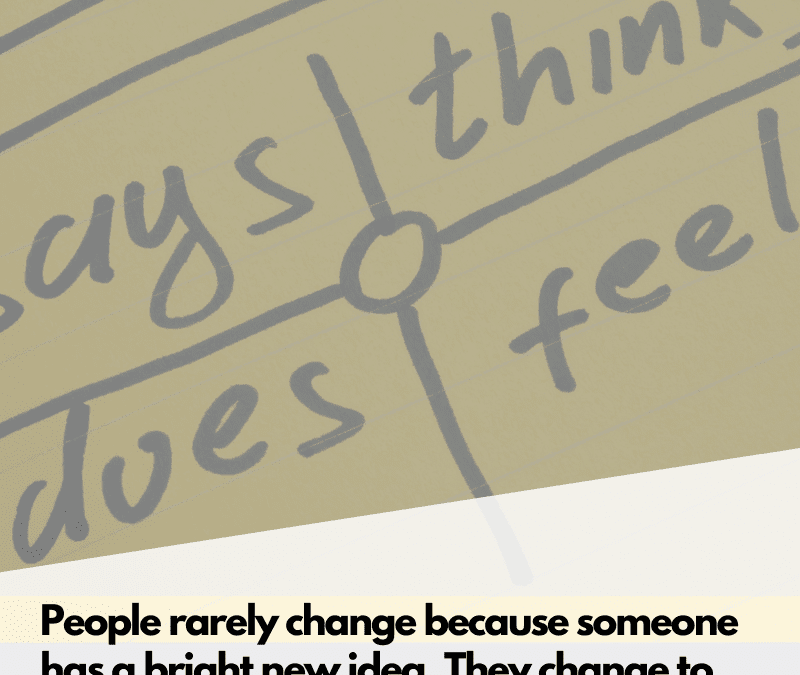by Esther Derby | Nov 29, 2019 | Collaboration & Teams
Trust may seem mysterious—something that just happens or grows through some unknowable process. The good news is there are concrete actions that tend to build trust (and concrete actions that are almost guaranteed to break down trust). First, let’s agree on a... 
by Esther Derby | May 10, 2017 | Collaboration & Teams
In an online forum, someone declared that feedback between peers must be anonymous. He asserted people won’t be honest without anonymity. However, I have found it is possible to be honest and not anonymous. Further, anonymous feedback backfires in number of... 
by Esther Derby | Apr 24, 2017 | Coaching
Some people seem to think that empathy has no place at work…that work requires a hard-nose, logic, and checking your emotions at the door. But, in periods of change, emotions—which are always present, whether we choose to acknowledge them or not—surge to the surface.... by Esther Derby | Apr 23, 2012 | Systems and Complexity
I don’t doubt that its possible to have an organization with out traditional managers. I’ve read about Semco and Morningstar Farms. I’ve talked to people who work at Gore. My husband works for a less well know firm that doesn’t have traditional... 
by Esther Derby | Apr 9, 2012 | Collaboration & Teams, Leadership & Management
Hiring new people for a team should always be a joint decision that involves team members. After all, who has more at stake than the people who will work with the new person day in and day out? Consider what happened when a well-intentioned manager decided to hire...


